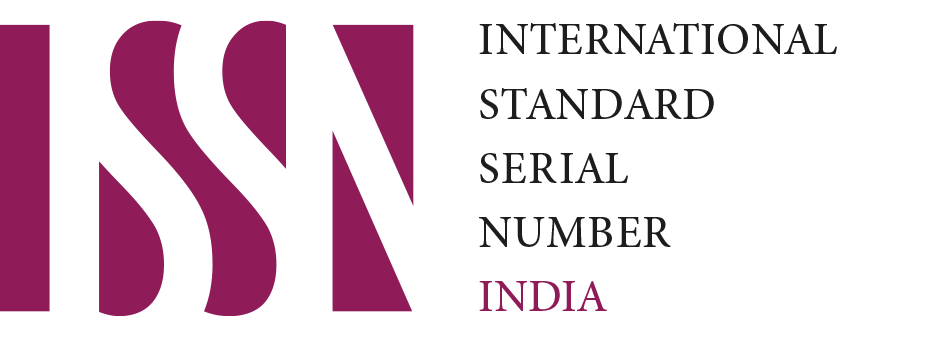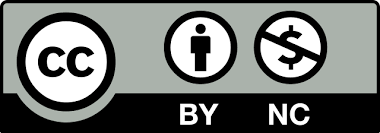Biological Methods For Treatment And Monitoring Of Water And Soil Polluted By Hydrocarbons
Keywords:
Sports Injury, Sports Event, Student-Athlete, State Colleges, Universities Athletic Association (SCUAA), Lived ExperienceAbstract
This paper provides an overview of biological methods for the treatment of oily water and soil, focusing on bioremediation, phytoremediation, and biologically activated carbon (BAC). Bioremediation utilizes microorganisms to degrade oil hydrocarbons, while phytoremediation employs plants to absorb and metabolize contaminants. BAC combines activated carbon filters with microbial biofilms to remove organic compounds. These methods offer cost-effective and sustainable alternatives to traditional remediation techniques. Factors influencing their efficacy include hydrocarbon concentration, environmental conditions, and species selection. Optimization and integration with complementary approaches enhance their performance. This review discusses principles, applications, advancements, challenges, and future research directions, highlighting the potential of biological methods to revolutionize oily water and soil remediation
References
Al-Khazaali WM, Ataei SA, Khesareh S. Effect of Sulfur Emissions and Spills on the Biodiversity. Journal of Survey in Fisheries Sciences. 2023 Apr 13;10(3S):4288-97.
Al-Obaidy AH, Al-Anbari RH, Hassan SM. Phytoremediation of soil polluted with Iraqi crude oil by using of cotton plant. Mesopotamia Environmental Journal (mesop. environ. j) ISSN: 2410-2598. 2016;3(1):10-6. https://www.iasj.net/iasj/article/171948
Al-Obaidy AH, Al-Anbari RH, Hassan SM. Potential of Alfalfa for Use in Phytoremediation of Soil Polluted with Total Petroleum Hydrocarbons. Engineering and Technology Journal. 2018 Oct 1;36(1):1-4 https://www.iasj.net/iasj/article/155189
Al-Obaidy AH, Al-Anbari RH, Hassan SM. Reducing Total Petroleum Hydrocarbon from Soil Polluted with Iraqi Crude Oil by Phytoremediation Technology. Engineering and Technology Journal. 2019 Apr 25;37(1):19-21. https://www.iasj.net/iasj/article/172696
AL-Tameemi AR, Al-Edany TY, Attaha AH. Phytoremediation of crude oil contaminated soil by Acacia farnesiana l. willd. and spraying glutathione. University of Thi-Qar Journal of Science. 2021 Apr 21;8(1):59-66.
Abdel-Reda, Farah Tariq. Formation and identification of phenol-breaking bacteria from a locality in Babylon province. Journal of University of Babylon, 2015;23(1).
Hussein SF. Bioremediation of Oily Wastewater by Using of Bacteria (Bacillus subtilis). Zanco Journal of Pure and Applied Sciences. 2020 Jun 15;32(3):206-23. https://www.iasj.net/iasj/article/198489
Jabbar NM, Mohammed AK, Kadhim EH. Bioremediation of petroleum hydrocarbons contaminated soil using bio piles system. Baghdad Science Journal. 2019;16(1 Suppl.):185-93.
Nafal DH, Abdulhay HS. Bioremediation of petroleum polluted soils using consortium bacteria. Iraqi Journal of Science. 2020 May 28:961-9. https://www.iasj.net/iasj/article/192021
Toamma DM, AL-Mosuwi WH. Air Pollution and Analysis of Hydrocarbon Levels Except for Methane NMHC in Basra Governorate (2015-2018). Al-Kunooze Scientific Journal. 2022;4(1). https://www.iasj.net/iasj/article/237722
Additional Files
Published
How to Cite
Issue
Section
License
Copyright (c) 2024 International Journal on Management Education and Emerging Technology(IJMEET)

This work is licensed under a Creative Commons Attribution-NonCommercial-NoDerivatives 4.0 International License.





